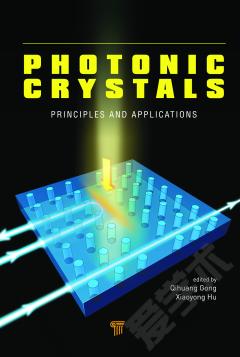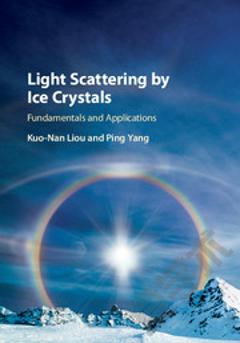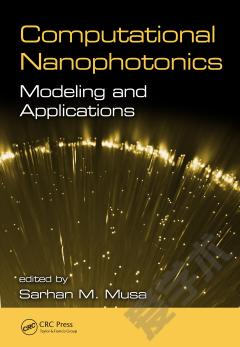Computational Liquid Crystal Photonics —— Fundamentals, Modelling and Applications
----- 计算液晶光子学:基本面,建模和应用程序
Optical computers and photonic integrated circuits in high capacity optical networks are hot topics, attracting the attention of expert researchers and commercial technology companies. Optical packet switching and routing technologies promise to provide a more efficient source of power, and footprint scaling with increased router capacity; integrating more optical processing elements into the same chip to increase on-chip processing capability and system intelligence has become a priority. This book is an in-depth look at modelling techniques and the simulation of a wide range of liquid crystal based modern photonic devices with enhanced high levels of flexible integration and enhanced power processing. It covers the physics of liquid crystal materials; techniques required for modelling liquid crystal based devices; the state-of-the art liquid crystal photonic based applications for telecommunications such as couplers, polarization rotators, polarization splitters and multiplexer-demultiplexers; liquid core photonic crystal fiber (LC-PCF) sensors including biomedical and temperature sensors; and liquid crystal photonic crystal based encryption systems for security applications. Key features Offers a unique source of in-depth learning on the fundamental principles of computational liquid crystal photonics. Explains complex concepts such as photonic crystals, liquid crystals, waveguides and modes, and frequency- and time-domain techniques used in the design of liquid crystal photonic crystal photonic devices in terms that are easy to understand. Demonstrates the useful properties of liquid crystals in a diverse and ever-growing list of technological applications. Requires only a foundational knowledge of mathematics and physics.
{{comment.content}}








 京公网安备 11010802027623号
京公网安备 11010802027623号